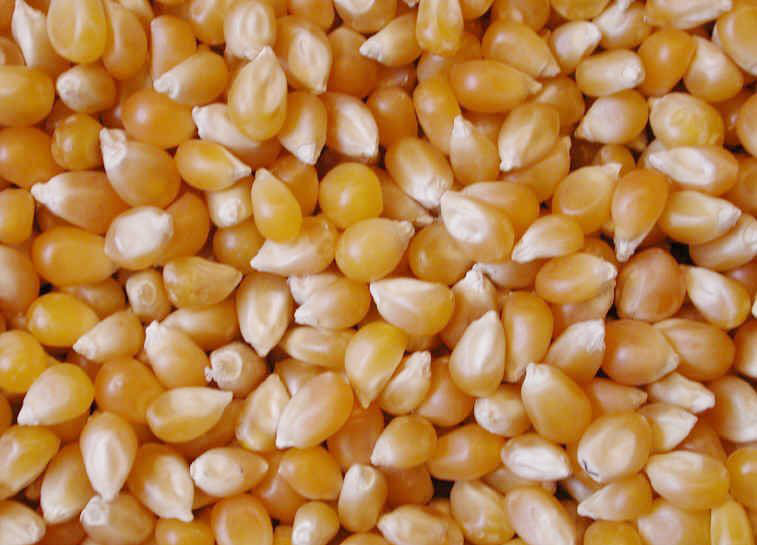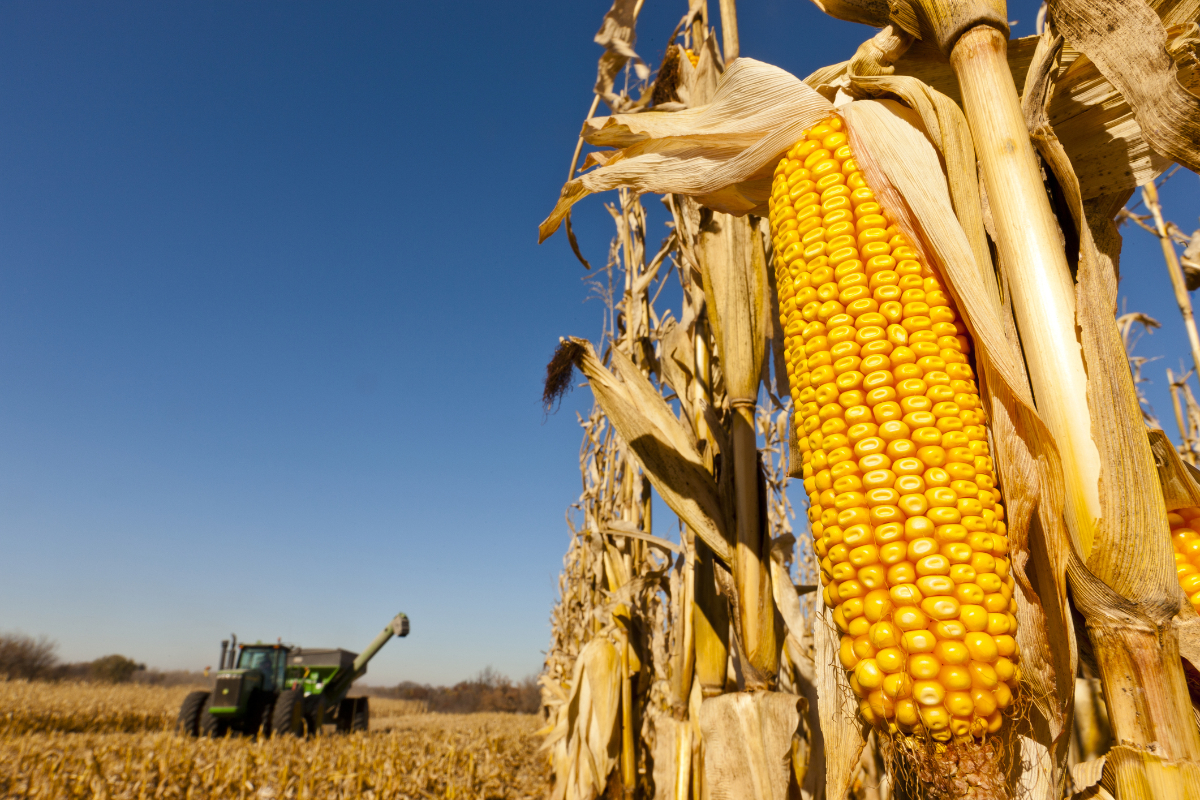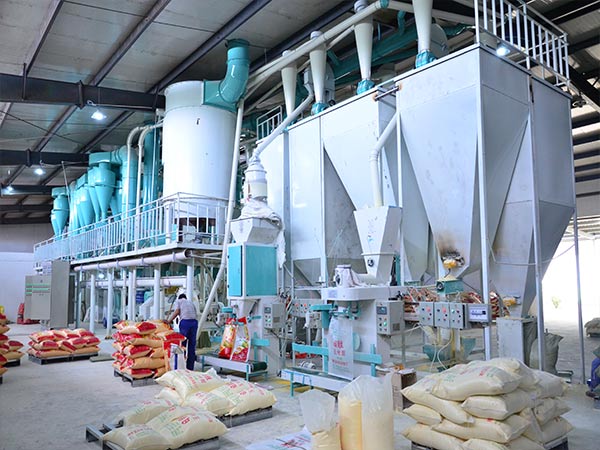Yellow Maize
Yellow maize, also known as corn, is a highly versatile cereal grain primarily used for cattle feed, starch extraction, and ethanol production. Grown widely across India, the USA, Brazil, and Argentina, yellow maize is valued for its high carbohydrate content, digestibility, and energy density.
Yellow maize is harvested, dried, and processed to meet various industrial and agricultural demands. For cattle feed, it provides essential nutrients like starch, fiber, and protein. In the starch industry, maize is processed into corn starch, widely used in food, paper, textile, and pharmaceutical sectors.
For ethanol production, maize serves as a major raw material due to its fermentable sugar content. Ethanol derived from maize is a renewable biofuel and is blended with petrol to reduce carbon emissions.
-
Scientific Name
Zea mays -
Key Benefits
High Energy, Versatile Usage, Renewable Fuel Source -
Common Uses
Cattle Feed, Starch, Ethanol Production -
Major Producers
India, USA, Brazil, Argentina
Why Choose Yellow Maize?
Yellow maize is a staple for livestock farmers due to its digestibility, high starch content, and cost-efficiency. It promotes weight gain in animals and supports milk production in dairy cattle.
In the industrial sector, it is the preferred grain for ethanol producers due to its high fermentable sugar yield. Starch manufacturers also rely on maize for producing food-grade, pharmaceutical-grade, and industrial starches. This multi-purpose grain supports both food security and energy sustainability.

Wide Applications – Across Agriculture & Industry
Yellow maize is used in formulating cattle and poultry feed, often ground into meal or flakes. It serves as the base raw material in ethanol refineries and is also used for starch extraction to produce glucose, dextrin, and other derivatives.
Our maize is sourced from quality-certified farms and supplied in bulk quantities for industrial and export requirements. It is available in dry grain form, crushed form, or powder form as per customer demand.
Known globally as “Maíz Amarillo” in Spanish, “Maïs Jaune” in French, “Gelber Mais” in German, and “イエローメイズ” (Ierōmeizu) in Japanese, yellow maize plays a critical role in the global agricultural and bio-energy economy.

From Farm to Factory – How Yellow Maize Is Processed
Yellow maize is cultivated during the kharif and rabi seasons depending on the region. Once matured, it is harvested and sun-dried to reduce moisture content. The dried maize is cleaned, sorted, and packaged for feed or sent for industrial use.
For ethanol production, the maize undergoes milling and fermentation, where starch is converted into ethanol using enzymes and yeast. In starch manufacturing, wet milling is used to extract starch and its by-products.
Quality checks are carried out at multiple stages to ensure moisture levels, grain integrity, and contamination-free supply. Maize is packed in 50kg to 1000kg bulk bags and shipped to domestic and international clients.
